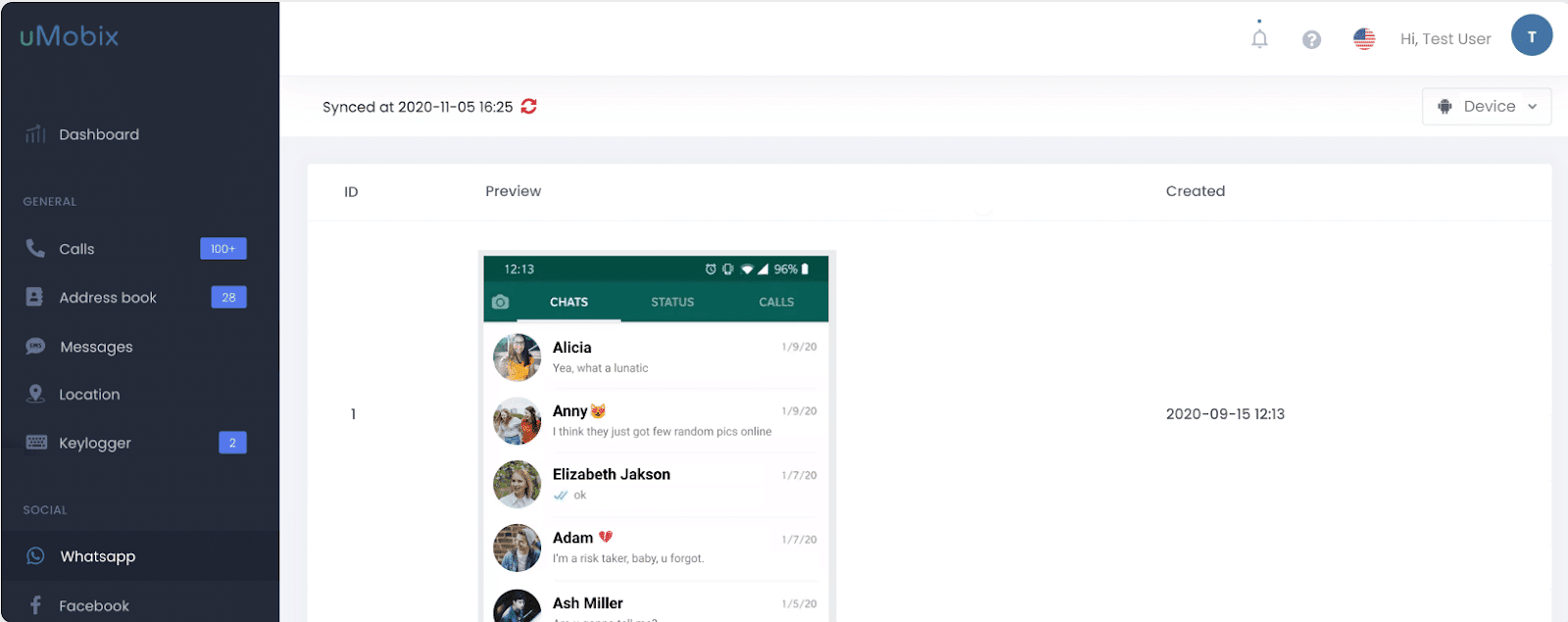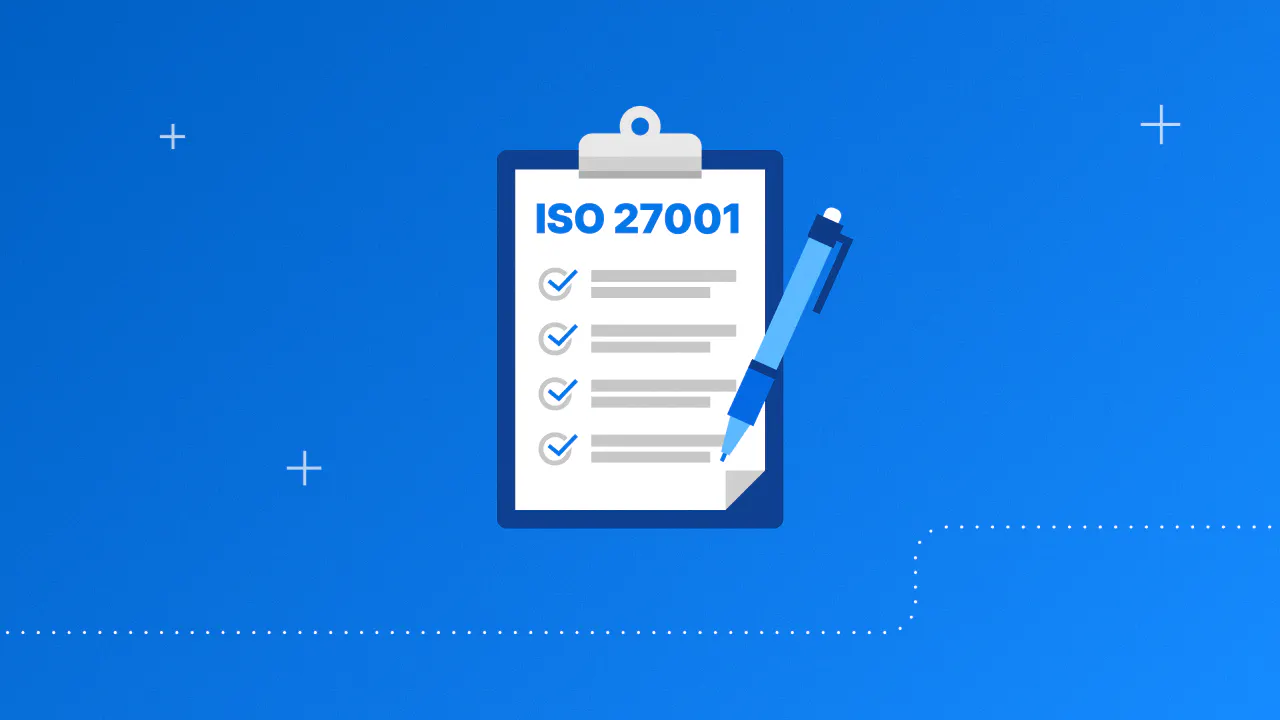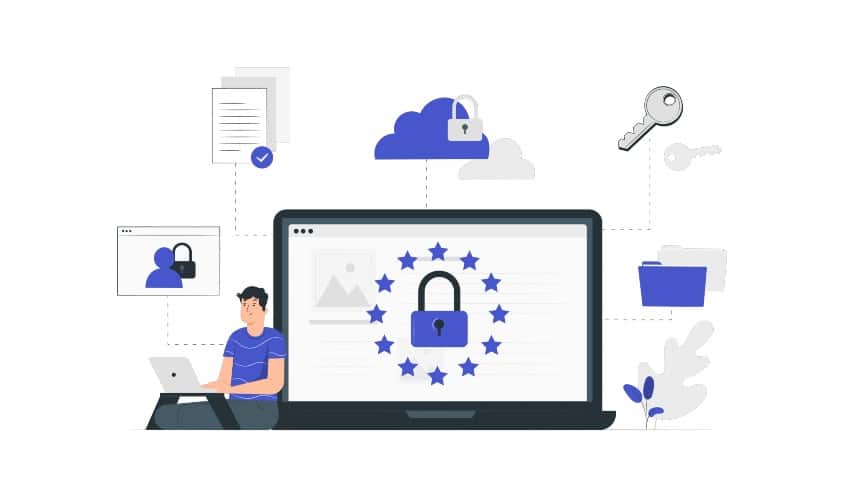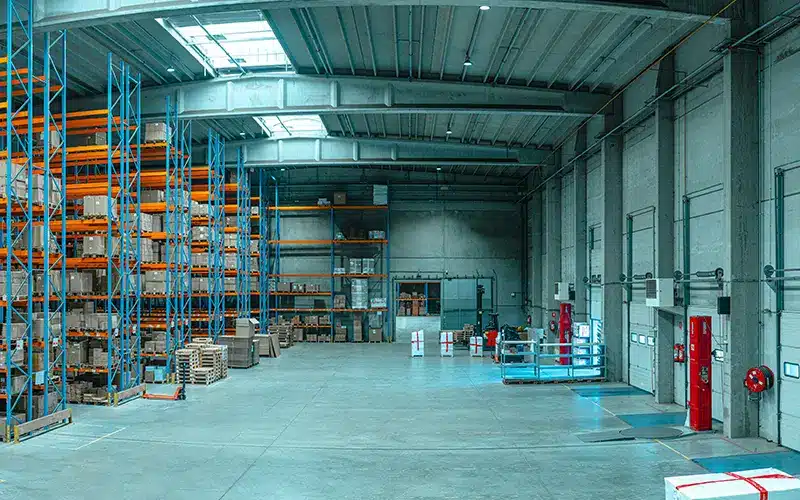Mom, I’m bored! ” The summer cry that makes parents’ eyes roll. But what if you could turn a hot day into the highlight of summer break with just a pack of balloons and a hose?
Water balloon games bring instant smiles to sweaty faces.
Kids love the splash, the thrill of the toss, and yes, the chance to drench each other without getting in trouble!
These water balloon games are perfect for birthday parties, family gatherings, or just a random Tuesday when the temperature will not quit climbing.
From toddlers to teens (and the young-at-heart adults), there’s something here for everyone. Simple setups, basic rules, and tons of giggles guarantee summer memories that last long after the water dries.
Water Balloon Game Ideas
Water balloon games are a perfect way to cool off, laugh together, and burn some energy. These games are easy to set up, fun for all ages, and great for backyards, parks, or school playgrounds. Get ready for splashes, smiles, and lots of teamwork!
1. Water Balloon Toss
This is a simple and fun game that brings lots of laughs. It’s all about teamwork and being gentle with your throws. Perfect for partners of any age. It’s a great way to warm up and get kids comfortable with water play.
How to Play:
-
Pair up and stand close together.
-
Toss the water balloon back and forth.
-
Take a step back after each catch until it pops.
2. Water Balloon Relay
This fast-moving team game keeps everyone active. It’s great for working together and cheering each other on. Perfect for large groups and summer events where everyone wants to cool down and move around.
How to Play:
-
Set up two buckets per team, one full of balloons and one empty.
-
Players take turns running a balloon to the empty bucket.
-
The first team to move all their balloons wins.
3. Water Balloon Spoon Race
A twist on the classic spoon race, but with a splash! It helps kids work on balance and focus in a lighthearted way. It’s a fun challenge that’s harder than it looks.
How to Play:
-
Balance a balloon on a spoon.
-
Walk to the finish line without dropping it.
-
If it drops, go back and try again.
4. Water Balloon Baseball
This silly version of baseball adds excitement to every swing. Watch as balloons burst and players laugh. Great for open spaces and kids who love sports.
How to Play:
-
Pitch a balloon to the batter.
-
Try to hit it with a plastic bat.
-
Take turns and see who can make the biggest splash.
5. Duck, Duck, Splash
Just like the old favorite, but now with water! This game adds a surprise splash that makes it even more fun. It’s great for younger kids and needs very little setup.
How to Play:
-
Kids sit in a circle.
-
One walks around saying “duck” and then splashes someone.
-
The wet player chases them around the circle.
6. Water Balloon Piñata
A fun, party-style game with a wet twist. It’s exciting to guess which balloon will pop next! It’s also a fun way to cool off on hot days.
How to Play:
-
Hang filled balloons from a string.
-
Blindfold the player and give them a stick.
-
Let them try to pop one.
7. Target Splash
This one’s all about aim and a little bit of luck. A perfect mix of skill and splashes. It’s easy to set up and works well with all ages.
How to Play:
-
Draw chalk targets or use buckets.
-
Take turns throwing water balloons.
-
Try to hit the center or land them in buckets.
8. Water Balloon Hot Potato
Pass it quick, or get splashed! This fast and silly game is easy for everyone to join. It builds anticipation and always ends in laughter.
How to Play:
-
Sit in a circle and play music.
-
Pass the balloon quickly around.
-
Whoever holds it when music stops is out.
9. Balloon Pop Freeze Tag
Freeze tag just got more exciting. The water balloons add action and surprise to every round. It mixes teamwork and water fun in the best way.
How to Play:
-
When tagged, players freeze in place.
-
Teammates pop a balloon near them to free them.
-
Keep going until everyone is tagged or free.
10. Soaked Sponge Toss with Water Balloons
A great mix of tossing and splashing. Kids stay active and cool with this fun target game. It’s perfect for hot days and works well in teams.
How to Play:
-
Toss soaked sponges or water balloons.
-
Aim for a bucket or marked zone.
-
Score points with every hit.
11. Water Balloon Painting
Let kids make a splashy masterpiece! This creative game turns water play into art and adds a colorful twist to the fun.
How to Play:
-
Fill balloons with water and a few drops of food coloring.
-
Toss them onto a large sheet of paper or poster board.
-
Watch as colors mix and splatter to make cool patterns.
12. Over-Under Balloon Pass
Great for building teamwork and laughter. Kids have to stay focused and move fast to win this group challenge.
How to Play:
-
Players stand in a single file line.
-
The first person passes the balloon over their head.
-
The next person passes it under their legs—keep going until the end.
13. Balloon Balance Challenge
This slow-paced game tests balance and concentration. It is perfect for calming things down while still having fun.
How to Play:
-
Place a water balloon on a plastic plate.
-
Carefully walk from one point to another.
-
Try not to let it fall or pop!
14. Water Balloon Bowling
Bowling just got splashier! This easy-to-set-up game works well with kids of all ages.
How to Play:
-
Set up plastic bottles or paper cups like bowling pins.
-
Roll or gently toss a water balloon at them.
-
Count how many pins you knock down.
15. Water Balloon Treasure Hunt
Add mystery to your water play with hidden messages or mini-prizes. Kids will love the surprise in every splash!
How to Play:
-
Place notes or small clues inside balloons before filling them.
-
Scatter balloons around the play area.
-
Kids pop them to find clues leading to a prize.
16. Balloon Foot Pop
Get ready to stomp and dodge! This fast-paced game is full of energy and laughter.
How to Play:
-
Tie a water balloon to each player’s ankle.
-
Everyone tries to pop others’ balloons while protecting their own.
-
The last one with an unpopped balloon wins.
17. Toss & Catch with Towels
This game takes a little practice and a lot of teamwork. It’s a splashy way to build coordination.
How to Play:
-
Two players hold the ends of a towel between them.
-
Use the towel to toss a water balloon to another team.
-
Catch and toss again without letting it pop.
18. Water Balloon Limbo
Add a water balloon twist to the classic limbo line! Great for parties and group events.
How to Play:
-
Players hold a water balloon while going under the limbo stick.
-
Don’t drop or burst the balloon!
-
Lower the stick each round.
19. Balloon Pop Countdown
This quick game is exciting and easy to run. Perfect as a fun challenge between activities.
How to Play:
-
Set a timer for 60 seconds.
-
Players try to pop as many balloons as they can.
-
Only hands (or elbows) are allowed—no sitting on them!
20. Water Balloon Dodgeball
Classic dodgeball meets summer splash time! This high-energy game is a crowd favorite.
How to Play:
-
Divide players into two teams.
-
Toss water balloons at each other.
-
If you get hit, you’re out—or just laugh and keep playing!
21. Balloon Stack Race
This game is full of laughs and gentle fun. Players work together to carry and stack balloons without popping them. It’s great for teamwork, patience, and a bit of trial and error.
How to Play:
-
Carry balloons one by one to a container.
-
Stack them gently without popping.
-
The first team to complete the stack wins.
22. Simon Says Splash
A wet and wild version of the classic game that kids already love. The surprise of getting splashed adds energy and excitement to every round. Great for following directions with a funny twist.
How to Play:
-
Play Simon Says as usual.
-
When “Simon says splash,” everyone pops a balloon on themselves.
-
Add more funny and splashy commands.
23. Back-to-Back Balloon Race
This game is perfect for building trust and coordination. Partners must move together carefully, or the balloon will drop. It’s silly, challenging and encourages lots of cheering.
How to Play:
-
Two players hold a water balloon between their backs.
-
Walk together to a finish line.
-
Try not to drop or pop the balloon.
24. Water Balloon Ring Toss
A simple game with a fun goal—aim and toss! This one builds hand-eye coordination and works well as a calm game between high-energy rounds. Great for individuals or teams.
How to Play:
-
Place balloons in shallow containers.
-
Toss rings over the balloons.
-
Score points for each one you land.
25. Catch the Drip
This slow, funny challenge is all about patience and timing. It’s perfect for winding down after more active games, and kids love the silliness of trying to catch every little drop.
How to Play:
-
Poke a tiny hole in a water balloon.
-
Hold it over a teammate’s head.
-
Try to catch the dripping water in a cup.
26. Giant Bucket Splash
This suspense-filled game ends with a big surprise! Players work to fill the bucket, not knowing when it will tip. It’s a favorite for parties and group events.
How to Play:
-
Toss balloons into a hanging bucket above a friend.
-
Once it fills, the bucket tips.
-
Splash!
27. Balloon Volleyball
This gentle game adds a splashy twist to volleyball. It’s fun, safe, and easy for all ages to play together. Great for teamwork and light activity.
How to Play:
-
Use a rope or string as a net.
-
Toss water balloons over the net to the other team.
-
Try not to let them burst!
28. Water Balloon Obstacle Course
An exciting challenge that mixes movement with careful handling. Kids love racing through while trying not to drop their balloon. You can make it as simple or as tricky as you like!
How to Play:
-
Set up cones, tunnels, or chairs.
-
Carry a balloon through without dropping it.
-
Complete the course as fast as you can.
29. Water Balloon Bowling Relay
This game is a splashy combination of bowling and racing. It’s quick, exciting, and perfect for friendly competition. It’s great for getting the whole group involved.
How to Play:
-
Set up pins or bottles.
-
Each player runs to roll a balloon at the pins.
-
Tag the next teammate to go.
30. Drip Drip Splash
A water-filled version of a classic circle game that’s simple and always a hit. The build-up of suspense makes it super exciting for young kids. Perfect for warm days and big smiles.
How to Play:
-
Sit in a circle like “Duck, Duck, Goose.”
-
Walk around dripping water from a sponge or balloon.
-
Yell “Splash!” and pour it on someone to start the chase!
Stay cool and Have Fun!
With these water balloon games in your summer toolkit, you’re all set to turn any hot day into an unforgettable outdoor party.
The best thing about water balloon games is how they bring people together – kids make new friends, teens forget about their phones, and adults get to be kids again.
Don’t worry about perfect rules or fancy equipment. The real magic happens in the laughter, the surprise splashes, and the joy of cooling off together.
Keep a stash of balloons ready for those days when the heat feels too much to handle. Your kids will thank you, and you might find yourself joining in more often than not!
Ready for your coolest summer yet? Fill up those balloons, call the kids outside, and let the games begin!



















































 Optimizing reader placement is another aspect, in enhancing the efficiency of your RFID tracking system. Positioning readers, at entry points or critical locations where tracking is necessary is essential. By assessing the movement of goods within your business premises, you can pinpoint the spots for readers to ensure tag detection.
Optimizing reader placement is another aspect, in enhancing the efficiency of your RFID tracking system. Positioning readers, at entry points or critical locations where tracking is necessary is essential. By assessing the movement of goods within your business premises, you can pinpoint the spots for readers to ensure tag detection. Similar to any technology, RFID systems need maintenance to ensure functionality. Scheduling cheques on readers, antennas, and other system components is essential for issue detection and resolution.
Similar to any technology, RFID systems need maintenance to ensure functionality. Scheduling cheques on readers, antennas, and other system components is essential for issue detection and resolution. Maintaining data security today is crucial due to cybersecurity threats and privacy issues. Employing security measures helps safeguard business information collected through RFID systems.
Maintaining data security today is crucial due to cybersecurity threats and privacy issues. Employing security measures helps safeguard business information collected through RFID systems.
 So, what can you do to protect your property from the perils of bird infestations? Enter bird control services. These professionals specialise in implementing strategies to deter birds from roosting, nesting, and causing havoc on your premises.
So, what can you do to protect your property from the perils of bird infestations? Enter bird control services. These professionals specialise in implementing strategies to deter birds from roosting, nesting, and causing havoc on your premises. Now, let’s address the elephant in the room: the cost of bird control services. While some property owners may worry about the initial investment, it’s essential to consider the long-term savings and benefits they provide.
Now, let’s address the elephant in the room: the cost of bird control services. While some property owners may worry about the initial investment, it’s essential to consider the long-term savings and benefits they provide.